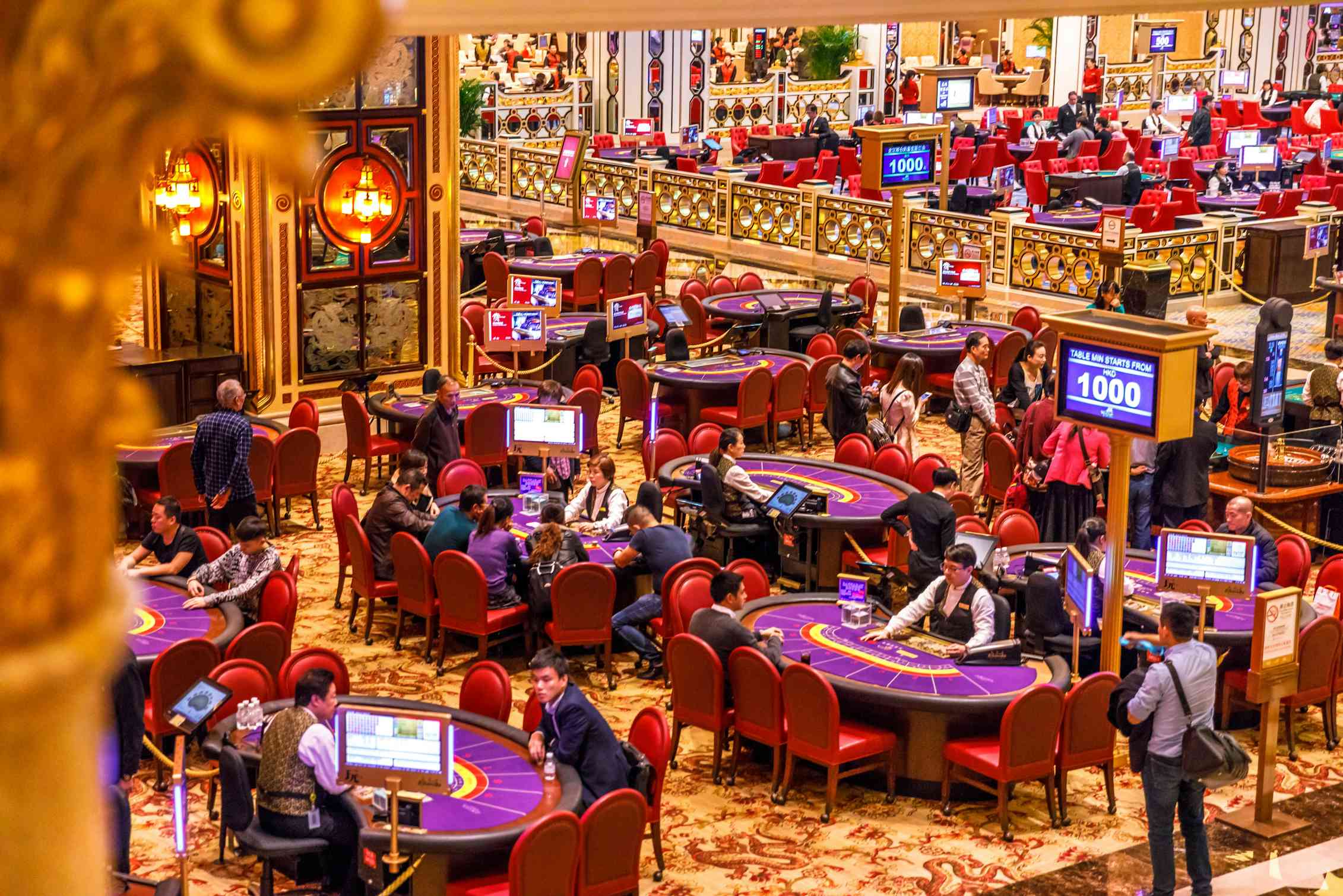
Gambling games have long been a engaging entertainment option, drawing numerous of players from different cultures around the globe. From the glitzy casinos of the Strip to the bustling gambling halls of the Chinese gambling capital, these games serve as a common thread that unites people across various backgrounds. The allure of fortune, tactics, and gambling entices not only those looking to win money but also those seeking a shared experience.
The influence of casino games extends significantly past the gaming floor. They often reflect the social norms and principles of the societies in which they prosper. Games such as Texas hold ’em, 21, and the wheel game have woven themselves into the tapestry of mainstream culture, influencing everything from cinema to clothing. As we explore this captivating intersection of gambling and culture, we can comprehend better how these games shape and are shaped by the world around us.
Chronological Development of Gambling Activities
The beginnings of gaming activities can be tracked back to old civilizations, where gambling in multiple forms was widely performed. In China, around 2300 BC, a form of luck game known as Keno was common, while in historic the Roman Empire, soldiers would regularly wager on the consequences of their contests. The idea of using luck for amusement and profit evolved over the centuries, leading to the creation of more formal activities. By the late Middle Ages, gambling houses started to emerge in Europe, particularly in Italy, which brought forth early versions of famous activities still played today.
As gambling increased fame in European regions, the 17th and 18th centuries saw the appearance of gambling establishments as specialized venues for betting. The initial official gaming venue, the Ridotto, was founded in Venice in the year 1638, offering activities like Baccarat games and Faro games. This time marked a crucial turning point, as gaming venues started to draw not just the elite but also the growing middle-income class. The sophistication of games grew, leading to the creation of new guidelines and versions that enriched the play experience.
In the 19th century, the era of industrialization and shifts in societal conventions additionally changed the environment of casino activities. The arrival of roulette and modern gaming machines attracted a broader audience, and gambling establishments became seen as acceptable entertainment. This era witnessed the worldwide proliferation of gaming, as gambling houses spread from European nations to the Americas, culminating in the development of the legendary Las Vegas Boulevard in the 20th century. The development of gambling activities has progressed into the present day, incorporating technology and digital platforms, allowing them open to a worldwide audience.
## Cultural Relevance within Various Communities
Casino games have significant cultural and social value across a multitude of cultures across the planet. For instance, in Las Vegas, the very essence of the urban landscape is woven around gambling establishments, where gambling is not just a hobby but a key aspect of social engagement and community life. The bright lights and dynamic atmosphere attract a vast audience, showcasing how games of chance can impact local economies and local cultures. This setting transforms the notion of recreation into an immersive event that shapes fashion, sound, and even film.
In contrast, some cultures view gambling with greater care, considering it through the lens of ethical beliefs and tradition. For instance, in various Asian communities, games like Mahjong and Pai Gow Poker are steeped in history and have significant social implications. These games are often played during get-togethers and occasions, fostering community bonds and solidifying family ties. https://goal123.bz/ The act of engaging in these games goes past mere entertainment, reflecting values such as honoring elders and the importance of shared enjoyment.
Meanwhile, in continental countries such as Monaco and Italy, gambling activities serve as symbols of opulence and refinement. The stylish atmosphere of these locations attracts both tourists and locals, upholding a sense of distinction and elitism. The art of poker and the tactical components of games like banker’s game are esteemed, shaping interpersonal interactions and creating an attraction that fascinates a varied audience. This emphasizes how casino games can simultaneously echo and shape cultural attitudes towards danger, gain, and relationship building.
Financial Influence and Tourism
Casino games play a important role in the economic landscape of many areas, particularly those that rely heavily on tourism. The revenue produced from casino operations fuels local economies, creating employment opportunities not only within the casinos but also but also in related sectors such as hospitality, restaurant services, and entertainment. This influx of tourists, drawn by the attraction of gambling and the overall gaming environment, stimulates expenditure across multiple local enterprises, contributing to the economic health of the region.
The presence of casinos often leads to the construction of infrastructure, including hotels, public transit, and leisure amenities. These improvements are essential in improving the overall tourist experience, making locations more attractive to tourists. Additionally, many casinos invest in local communities through sponsorship of activities and philanthropic activities, further embedding themselves into the social fabric of the region. Such investment not only supports economic growth but also fosters a positive image of the casino industry.
In addition, the global popularity of casino games drives competitive tourism, with locations vying to attract players from across the globe. Iconic locations like Las Vegas and Macau have become synonymous with casino culture, drawing millions annually. This advantage encourages innovation and diversification within the gambling sector, influencing trends in leisure and accommodation that resonate beyond their borders. The consequences of this tourism extend wide, impacting local economies and cultural exchanges on a global scale.